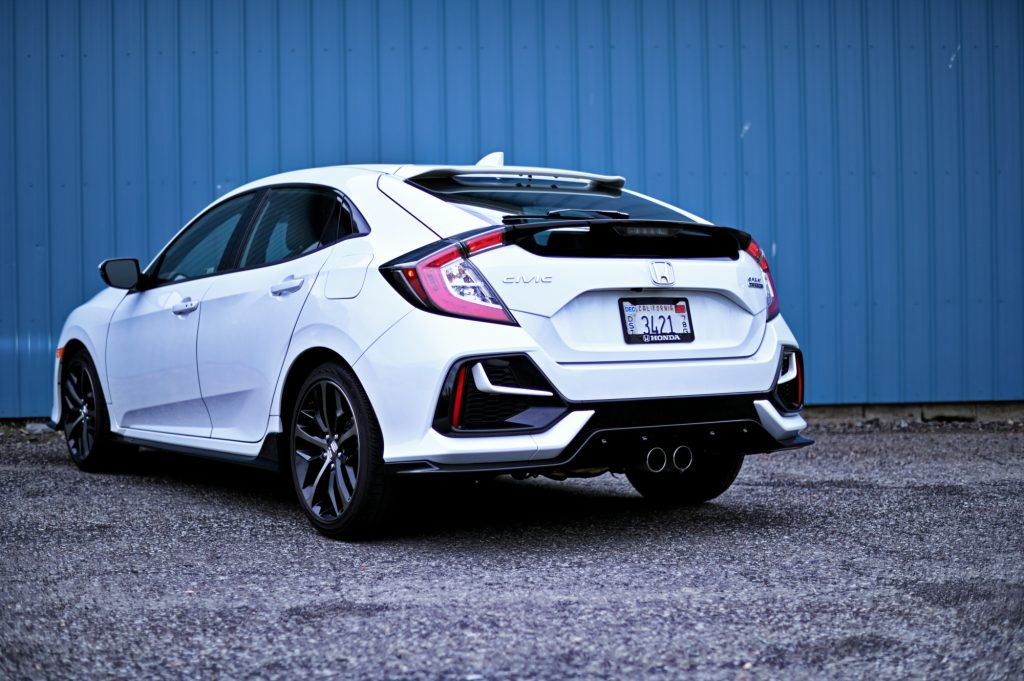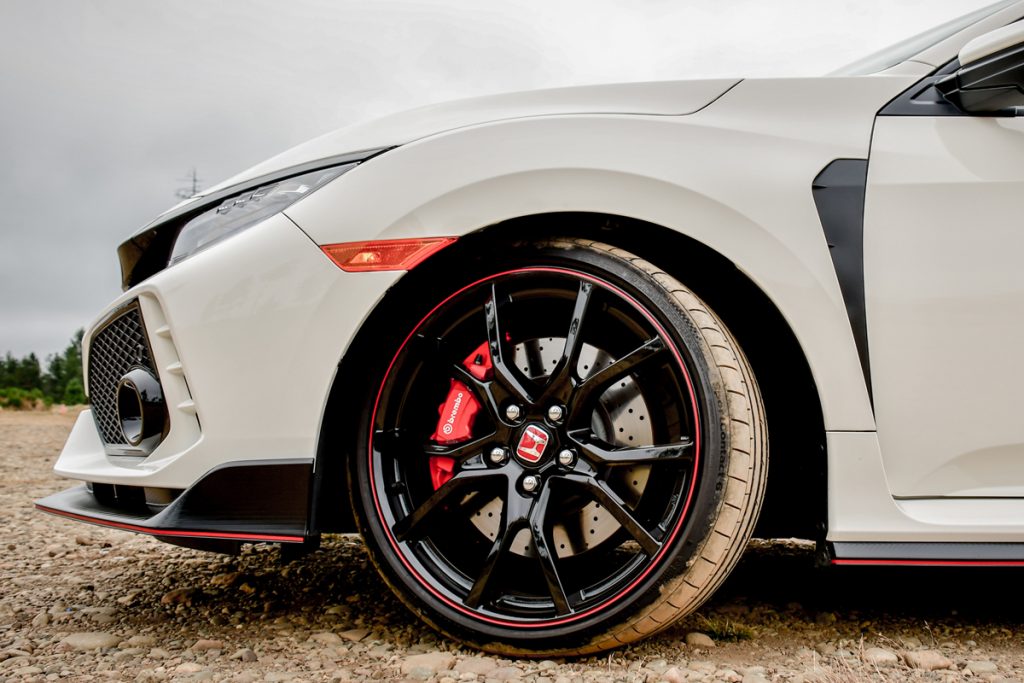Data.Anatomy [Civic]
A data-driven display from Ryoji Ikeda explores the interior of an automobile
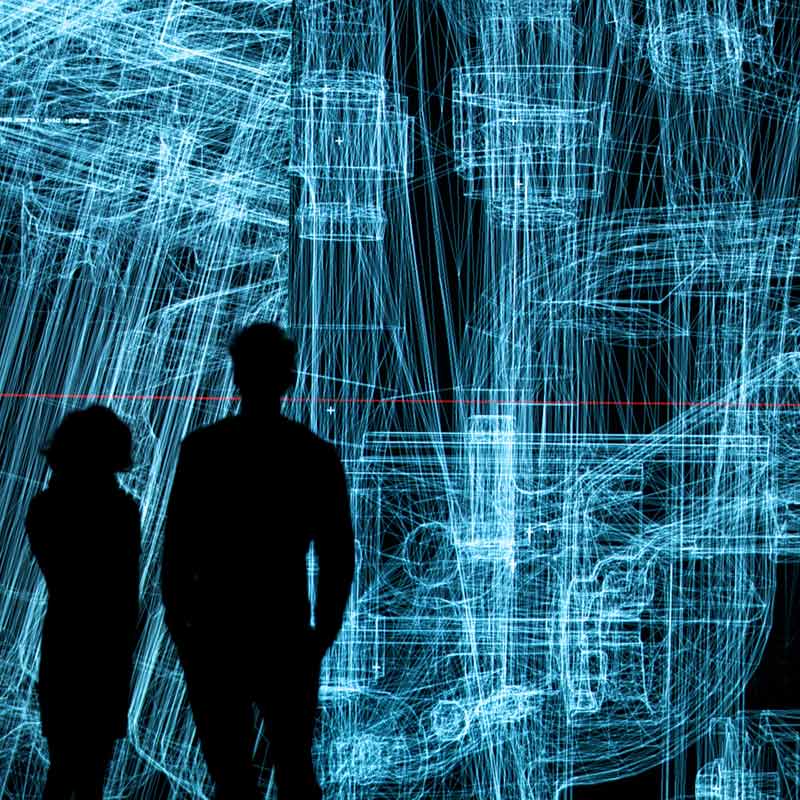
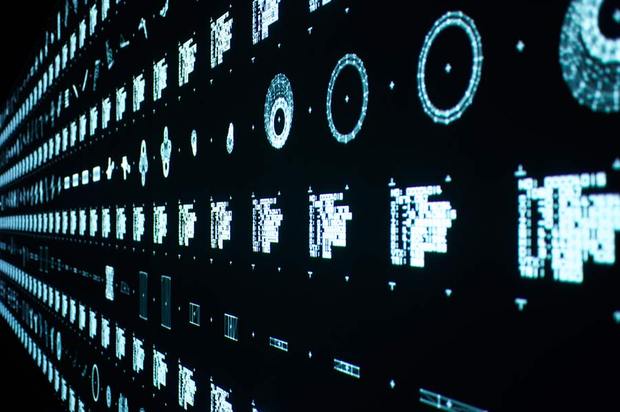
Derived from the data set of the latest Honda Civic model, the new sonic and visual installation by the Paris-based Japanese artist Ryoji Ikeda, “data.anatomy [civic]” was unveiled last week at the stunning post-industrial venue Kraftwerk Berlin.
Ikeda considers mathematicians to be artists, and specializes in work based on science and numbers—in this case he manipulates DNA data and astronomy to compose electronic sounds and a series of black-and-white dots and flurried lines.

Contacted last year by Honda to create something based on the CAD information of the re-designed five-door Civic, Ikeda started from the solid object to convert the material into intangible sounds and images of seemingly transparent waves in the air. With his art Ryoji aims to capture an unperceived dimension and succeeds once again in this particular project.
Honda chose an interesting approach in funding a concept they had actually conceived instead of simply supporting an existing project through a third-party foundation. Created in collaboration with Mitsuru Kariya, the Development Lead on the all-new Civic, the installation took four months for a team of five architects and computer programmers to build and process the data. The choice of venue was an important one, since Ryoji works to forge an intimate and intricate relationship between his pieces and the surrounding space. Data.anatomy[civic] is located in a huge, industrial concrete structure that formerly housed a power plant in the 1960s.
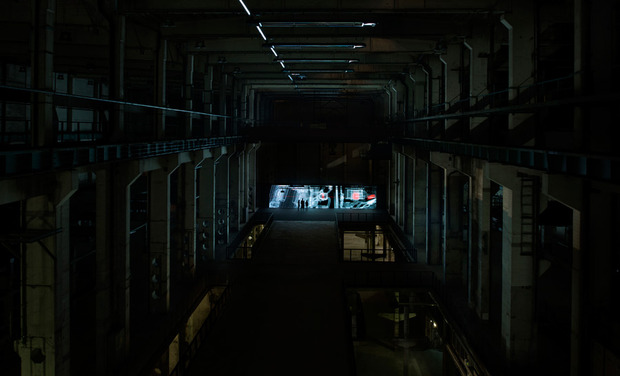
The beautifully poetic video projection creates three disruptive moments on three screens in a large 20m x 4m triptych. The moving images on the black horizontal screen, along with the minimal sound track composd of clear bells, a rapid timer and medical devices give the viewer a feeling of floating without gravity. Bursting from the center and spreading in waves to the borders of the frame, the images call to mind X-rays or distorted Rorshach tests. They bloom on the rhythm of submarine, sonar-like pulses, slipping and splitting on a screen fringed by a bar code frieze. Medical references and quotations call to mind the title’s reference to the anatomy of a car while experimenting with both sound and image on a large-scale display provides an immersion that Ryoji uses to play with visitors’ perception.
What follows is a jarring set of rapidly pulsed horizontal lines of graphics, codes and figures crossing the screen in opposite directions, resembling something like an animated contact sheet or a flat-lined EEG. While the sound mellows out, this moment seems to feature the silent computer calculation or some lonesome medical device’s overnight work. The bar code is once again referenced with a series of white bars extending from the top of the screen.
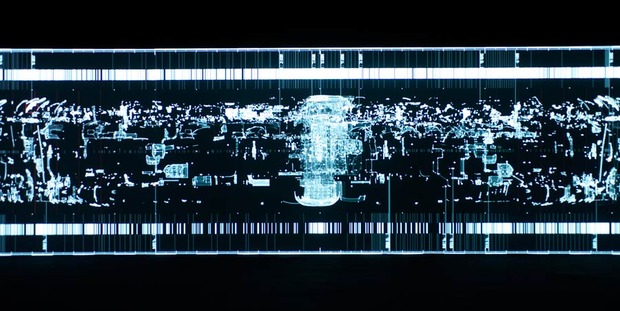
The third section presents a totally different atmosphere with the negative images of motors and tubes made of thin white threads. Bursting red spots move more slowly, like spaceships through the blackness of outer space. Each screen works separately as occasional images cross them on various trajectories of different speeds, their collisions echoed by bell tones while a timer persists in the background.
This minimal yet highly precise piece of work takes the viewer on a captivating 12-minute journey into the guts of a car to illustrate Ryoji’s search for the intersection between reality and unexplored dimensions. See “data.anatomy [civic]” in action by checking out the video.
Kraftwerk Berlin
19 April through 1 May 2012
Köpenicker Straße 59 -73
10179 Berlin-Mitte

